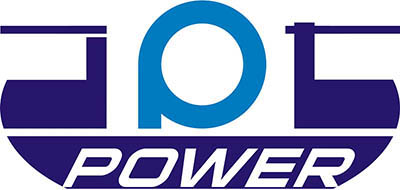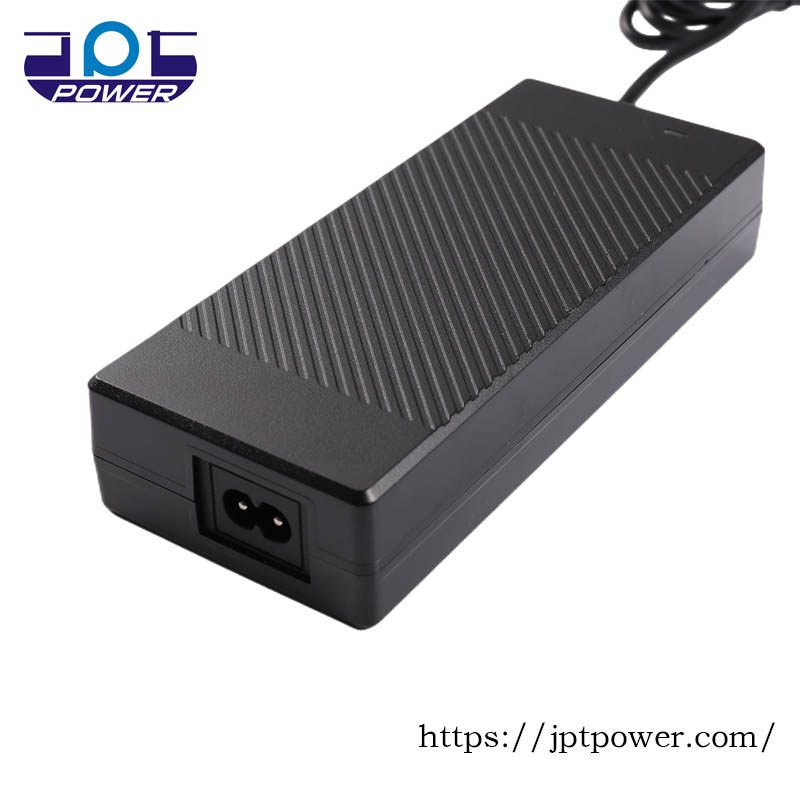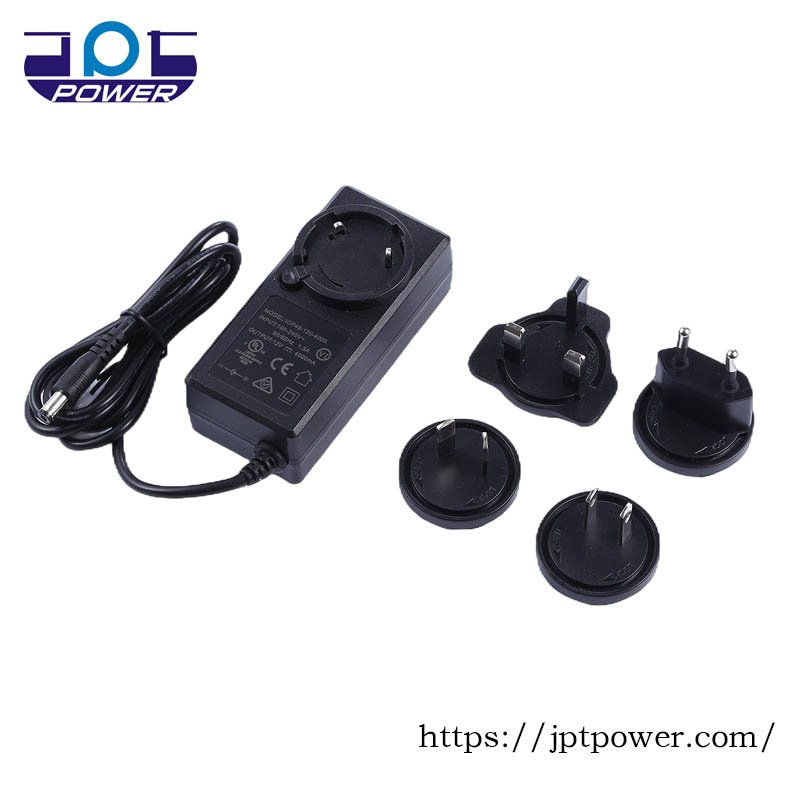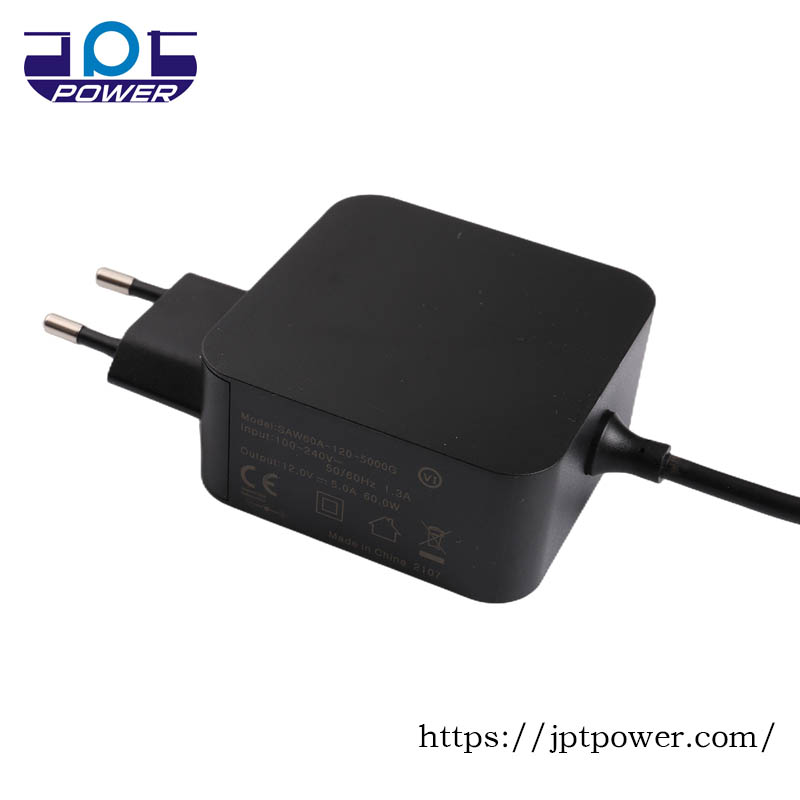IEC 60335 standard :The most basic knowledge
I. Introduction
A. Introduction to the importance and background of IEC 60335 standard:
– IEC 60335 standard is the safety standard for household and similar electrical appliances developed by the International Electrotechnical Commission (IEC).
– Household appliances are widely used in our daily lives, so ensuring their safety is crucial.
– The introduction of the IEC 60335 standard can improve the quality and safety of these appliances and protect consumer rights.
– This standard ensures that appliances do not cause personal injury or property damage during normal use by specifying various safety requirements and testing procedures.
B. Overview of the role and scope of the IEC 60335 standard:
– The purpose of the IEC 60335 standard is to ensure that household and similar electrical appliances meet certain safety requirements during design, manufacturing, and use.
– This standard covers various types of household appliances, including but not limited to kitchen appliances, laundry equipment, heating appliances, power tools, etc.
– The standard defines requirements for electrical safety, temperature and heat management, mechanical structure, and protection level.
– The IEC 60335 standard specifies various testing and certification requirements to ensure that products complying with the standard are widely recognized in the market.
– The scope of this standard includes appliances used in households, commercial environments, and similar environments, aiming to protect users from potential electrical, thermal, or mechanical risks.
II. Definition and Scope of IEC 60335 Standard
A. Introduction to the International Electrotechnical Commission (IEC):
– The International Electrotechnical Commission (IEC) is an international standardization organization composed of electrical industries from various countries.
– IEC is dedicated to developing and promoting international standards for various electrical, electronic, and related technologies to foster cooperation and development in the global electrical field.
B. Definition and coverage scope of IEC 60335 standard:
1. Definition of household and similar electrical appliances:
– According to the IEC 60335 standard, household appliances refer to equipment, devices, or tools used in residential environments, including equipment related to domestic life.
– Similar electrical appliances refer to those with similar functions and characteristics but used in non-residential environments, such as commercial, administrative, office, or similar environments.
2. Scope of equipment applicable to the IEC 60335 standard:
a. Electrical safety requirements:
– The IEC 60335 standard specifies safety requirements for internal circuits, grounding, insulation, and withstand voltage of appliances.
– This standard ensures that the electrical design and construction of the equipment do not cause electric shock, fire, or other electrical hazards.
b. Temperature and heat management requirements:
– The IEC 60335 standard specifies limitations on the surface temperature of appliance enclosures and components to prevent users from touching overheated surfaces and avoid burns.
– The standard also requires appropriate heat management measures to prevent overheating-related damage or fire hazards.
c. Mechanical structure and protection level requirements:
– The IEC 60335 standard defines requirements for mechanical strength and stability of equipment to ensure that no structural damage or collapse occurs during normal use.
– The standard also requires equipment to be equipped with appropriate protective measures, such as protective covers and safety locks, to prevent user accidents or exposure to running parts.
d. Other requirements:
– The IEC 60335 standard also includes requirements for material selection, electromagnetic compatibility, noise, vibration, and other aspects of appliance components.
– The standard requires manufacturers to conduct appropriate testing, inspection, and verification to ensure that products comply with the standard’s requirements and obtain corresponding certifications and marks.
In summary, the IEC 60335 standard defines safety requirements for household and similar electrical appliances, covering various aspects such as electrical safety, temperature and heat management, mechanical structure, and protection levels. This standard applies to various household appliances and similar devices, ensuring personal and property safety for users throughout the design, manufacturing, and use processes.
Thank you very much for your reminder and suggestion. The following is a more detailed explanation:
III. Main Requirements of IEC 60335 Standard:
A. Electrical Safety Requirements
1. Insulation performance requirements:
The insulation performance of electrical equipment should meet the requirements specified in the IEC 60335 standard to ensure that the equipment does not pose an electric shock hazard to users or objects. The insulation resistance of the equipment should be no less than 50 MΩ (megaohms).
2. Grounding and connector requirements:
The equipment should have appropriate grounding measures and connectors to ensure reliable grounding of the equipment and compliance with safety standards. The design and manufacture of connectors should meet the corresponding standard requirements.
3. Over current protection requirements:
The equipment should be equipped with over current protection devices to prevent current from exceeding the rated value that the equipment can withstand, thereby causing safety risks. The over current protection device should act within 10 seconds to ensure timely disconnection of the current.
B. Temperature and Heat Management Requirements
1. Temperature rise limitation requirements:
During normal use of the equipment, the temperature rise on the surface should not exceed the specified limits. The specific surface temperature limits should be evaluated and determined based on the characteristics of the equipment and the applicable standards. For parts directly touched by users, the temperature rise should generally not exceed 70°C.
2. Thermal protection device requirements:
The equipment should be equipped with thermal protection devices to prevent safety risks caused by overheating. The thermal protection device should act within the specified time, generally within 10 minutes, to avoid excessive duration of overheating.
C. Mechanical Structure Requirements
1. Enclosure and mechanical strength requirements:
The equipment enclosure should have sufficient mechanical strength to ensure that the equipment does not pose safety risks due to structural damage during normal use. The materials and structural design of the enclosure should meet the requirements of the corresponding standards.
2. Requirements to prevent contact with hazardous parts:
Appropriate measures should be taken internally and externally of the equipment to prevent users from contacting hazardous parts.
D. Protection Level Requirements
1. Waterproof rating requirements:
The equipment should meet the corresponding waterproof rating requirements to ensure its safety performance in humid or water splashing environments.
2. Dustproof rating requirements:
The equipment should meet the corresponding dustproof rating requirements. Generally, the requirement for power adapters is IP4X to ensure the safety performance of power adapters and equipment in the presence of dust or sand. The specific values in these requirements should be assessed and determined based on specific standards, industries, equipment types, and other factors to ensure the safety performance of equipment during use.

JPT power is a power adapter supplier from China, he has more than 10 years of technical precipitation and manufacturing experience. If you need to use IEC 60335 standard power adapters for your household appliances, please feel free to contact our sales consultant, he will give you efficient and fast service.
IV. Important Electrical Performance Testing Requirements of IEC 60335 Standard
IEC 60335
standard is an international standard for the safety performance of household
appliances. Here are some differences in electrical performance testing
requirements for power adapters.
A. Creepage
distance and clearance: Creepage distance refers to the shortest path on the
insulation surface between two conductive parts, while clearance refers to the
distance between two conductive parts through air. The requirements may vary
depending on the working voltage and insulation type. For example, when the
working voltage is between 250 V and 300 V, IEC 62368-1 requires a creepage
distance of 6.4 mm for reinforced insulation, while IEC 60335-1 requires 8.0 mm.
However, for the same electrical clearance requirement, IEC 62368-1 is 4.0 mm,
while IEC 60335-1 is only 3.5 mm.
B. Isolation
voltage: Isolation voltage refers to the highest voltage that can be applied
between the power input and output or the enclosure in a short period of time.
The requirement for isolation voltage depends on the location of isolation,
such as input to output, input to ground, or output to ground. IEC 62368-1 has
fixed requirements for these locations, such as 3 kV for isolation voltage from
input to output. On the other hand, the requirements in IEC 60335-1 are
determined based on the working voltage. For example, the rated value of
isolation voltage from input to output is 2.4 kV plus the working voltage
multiplied by 2.4. Additionally, IEC 62368-1 requires 500 V for isolation
voltage from output to ground, while IEC 60335-1 does not have a corresponding
requirement.
C. Leakage
current: Leakage current refers to the current flowing through the protective
grounding conductor or enclosure. Limiting the presence of leakage current is
important to prevent electric shock through the human body. When dealing with
leakage current, not only the existence of current differences is allowed, but
there are also differences in the classification of devices. IEC 62368-1
categorizes devices as handheld, movable, or fixed, while IEC 60335-1
categorizes devices as portable appliances and fixed appliances. Compared to
handheld devices (0.75 mA), portable devices have the same requirements, and
the fixed and movable devices in IEC 62368-1 have the same requirements as the
fixed devices (3.5 mA) in IEC 60335-1.
D. Other differences:
The increased complexity of modern household appliances can lead to more
potential failures, some of which may affect other safety regulations inside
the equipment. Therefore, IEC considers not only individual faults but also
combinations of faults with other faults.
Furthemore,
the environmental conditions when using information technology equipment may
differ from household appliances, especially when it comes to water. Depending
on the specific equipment, there may be a certain amount of moisture inside or
around the equipment. Therefore, the IEC 60335 standard has requirements for
moisture resistance and adopts a classification system called IP rating to
protect the electrical enclosure from solid and liquid influences. The specific
requirements depend on the device classifications defined by IEC 60529, which
defines different protection levels.
V. Market Application and Impacts of IEC 60335 Standard
A. Improvement in product quality and safety
1. By standardizing testing requirements, the IEC 60335 standard encourages manufacturers to produce safer and higher-quality electrical products.
2. Through rigorous certification processes and standardized testing procedures, this standard ensures the reliability and safety performance of products and reduces the likelihood of product returns or recalls.
3. By complying with the IEC 60335 standard and relevant regulations, it reduces personal injuries and property damage caused by product safety issues.
B. Uniformity and mutual recognition of international standards
1. The IEC 60335 standard achieves international standardization, promoting interchangeability and communication in the global electrical product market.
2. Standardized testing requirements allow consumers to compare products from different manufacturers and choose products that meet their needs.
3. The mutual recognition of international standards enables products that comply with IEC 60335 to be sold and used globally, accelerating the market promotion of products.
4. By complying with international standards and relevant regulations, manufacturers can fully utilize the global market and improve their competitiveness in the industry.
In conclusion, the IEC 60335 standard has had significant effects in its market application and impact. Firstly, it improves the quality and safety performance of electrical products in the market by standardizing testing requirements. Secondly, the uniformity and mutual recognition of international standards facilitate global sales and use of products that comply with the IEC 60335 standard, expanding market shares for manufacturers.
Specifically for AC-DC adapters, the IEC 60335 standard can ensure that the insulation performance, grounding resistance, and over current protection of the adapters meet the requirements. This greatly enhances the safety of adapters, reduces the risk of electric shock, and effectively prevents damage to devices and harm to users caused by over current. Moreover, the uniform application of this standard enables manufacturers to produce more reliable and higher-quality AC-DC adapters, meeting user demands and enhancing market competitiveness.
Therefore, adherence to the IEC 60335 standard is of great significance for the production and market promotion of AC-DC adapters, ensuring product quality and safety performance, and providing convenience for manufacturers to expand the global market. As consumers, purchasing AC-DC adapters that comply with this standard can provide higher safety assurance, bringing more convenience and confidence to our daily use.
JPT POWER produces power adapters with UL60950, UL62368, UL61558, UL60335, UL1310 and other certification standards, please contact your sales consultant for the latest product information










